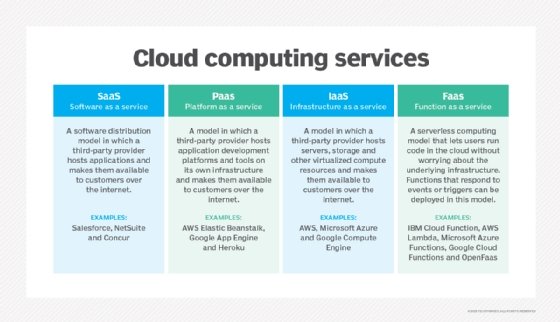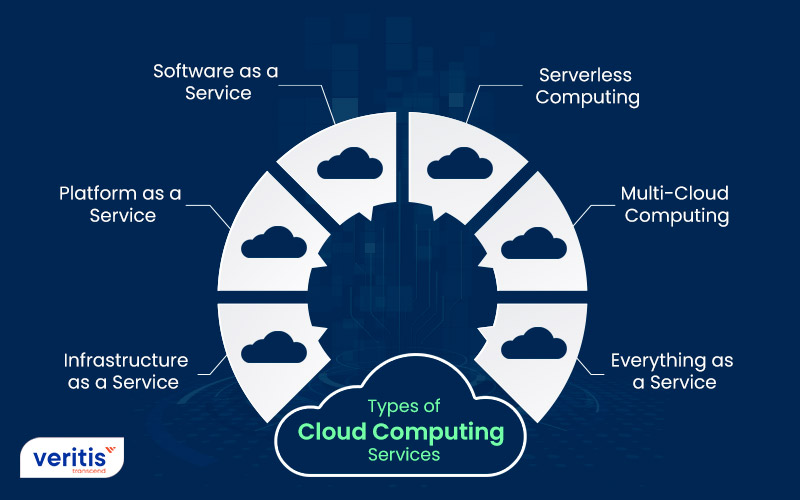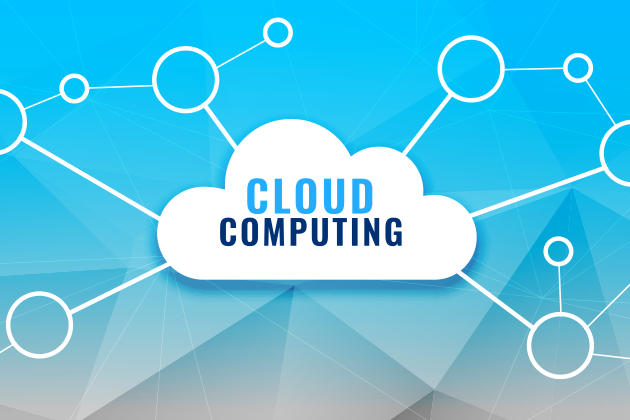Universal Cloud Service Solutions: Comprehensive Options for each Business Demand
Universal Cloud Service Solutions: Comprehensive Options for each Business Demand
Blog Article
Transform Your IT Framework With Cloud Provider
In today's busy service landscape, the function of IT facilities can not be undervalued. Accepting cloud solutions uses companies a myriad of benefits, from raised versatility to improved partnership. The trip to transforming your IT facilities is not without its difficulties. As modern technology remains to evolve, staying in advance of the curve and making educated choices about cloud remedies is critical. The vital depend on understanding just how cloud services can improve your organization's IT landscape and drive innovation.
Advantages of Cloud Services
Leveraging cloud solutions provides organizations a scalable and cost-effective solution for managing their IT framework. Among the essential benefits of cloud solutions is the versatility they offer. Organizations can easily scale their resources up or down based upon their existing requirements, allowing for reliable resource allotment. This scalability also enables companies to rapidly adjust to altering market conditions without the need for considerable ahead of time financial investments in hardware or framework.

In addition, cloud solutions promote partnership and remote work by giving staff members with accessibility to information and applications from anywhere with a web connection. This ease of access enhances productivity and permits seamless collaboration among staff member, no matter of their physical area. On the whole, the advantages of cloud solutions are huge, making them an eye-catching choice for organizations wanting to modernize their IT infrastructure.

Movement Approaches
To effectively shift to cloud solutions, organizations need to thoroughly implement and prepare movement techniques that align with their organization goals and IT needs. The primary step in this procedure is to carry out a complete analysis of the existing IT framework to identify which applications and data can be migrated to the cloud. Organizations needs to focus on workloads based upon elements such as protection demands, performance demands, and conformity policies.
When the assessment is complete, organizations can choose the most suitable migration technique. This can include rehosting, refactoring, rearchitecting, or restoring applications for the cloud setting. When choosing the movement approach., it's crucial to take into consideration aspects like expense, complexity, and time restraints.
Additionally, companies should create an in-depth movement strategy that describes the timeline, sources, and obligations for each and every step of the movement process - Cloud Services. Normal testing and tracking are important to make sure a smooth shift and decrease disruptions to business procedures. By adhering to these movement approaches, companies can open the complete capacity of cloud solutions and drive innovation within their IT framework
Protection Considerations
Ensuring durable safety procedures is critical when integrating cloud solutions into a company's IT infrastructure. The change to the cloud brings unique security factors to consider that have to be dealt with to secure delicate data and keep functional integrity. One crucial facet to think about is information security both en route and at remainder. Encryption helps protect details from unapproved access, making sure that also if data is obstructed, it remains unreadable.
Furthermore, carrying out solid accessibility controls is vital. This involves defining individual approvals, authentication procedures, and checking access to stop unauthorized people from acquiring access to sensitive sources. Regular security audits and evaluations are crucial to identify susceptabilities and make certain compliance with market laws.
In addition, organizations should have a robust anchor occurrence response plan in position to swiftly address safety violations or information concessions. This strategy needs to outline actions to consist of the occurrence, minimize damage, and restore regular procedures efficiently. By prioritizing protection factors to consider and applying positive measures, companies can confidently leverage cloud solutions while securing their digital possessions.
Cost-Saving Tips
When enhancing IT framework with cloud services, organizations can enhance their spending plan via strategic cost-saving tips. In addition, services can save on operational expenses by minimizing the need for on-site maintenance and support personnel, as several cloud services use automated updates and assistance.
Another cost-saving my blog suggestion is to thoroughly check and change cloud use to stay clear of unneeded costs. By frequently examining usage data and scaling sources up or down based upon demand, organizations can ensure they are not spending beyond your means on unused capability. Thinking about hybrid or multi-cloud cloud services can likewise lead to cost savings by permitting companies to pick the most cost-effective services for each workload.
Future Fads
The evolution of cloud solutions is forming the future landscape of IT facilities. As we look ahead, numerous crucial patterns are poised to influence how companies take advantage of cloud services to enhance their IT procedures. One considerable trend is the raising fostering of multi-cloud approaches. Organizations are identifying the benefits of dispersing workloads across numerous cloud companies to optimize efficiency, boost durability, and mitigate threats related to vendor lock-in.
Another prominent pattern is the increase of edge computing combined with cloud solutions. Edge computing brings processing closer to the data source, lowering latency and enabling real-time data analysis. This pattern is especially essential in sectors such as IoT, self-governing automobiles, and healthcare, where immediate decision-making is important.
In addition, the combination of expert system (AI) and artificial intelligence (ML) abilities into cloud solutions is readied to redefine exactly how organizations remove insights from their data. AI-driven automation, predictive analytics, and customized customer experiences are just several of the ways AI and ML are changing cloud services.
Verdict
Finally, cloud solutions use numerous advantages for companies seeking to change their IT framework. By executing movement strategies customized to certain demands and focusing on safety and security factors to consider, businesses can achieve cost financial savings and improved efficiency. Embracing cloud services can lead to a more competitive and active business landscape, permitting greater adaptability to transforming click to find out more market conditions and improved cooperation among groups. As companies remain to utilize cloud options, they can stay in advance of future patterns and drive development in the electronic age.

Ensuring robust safety and security actions is critical when integrating cloud services into a company's IT facilities.In final thought, cloud solutions use countless advantages for organizations looking to transform their IT infrastructure.
Report this page